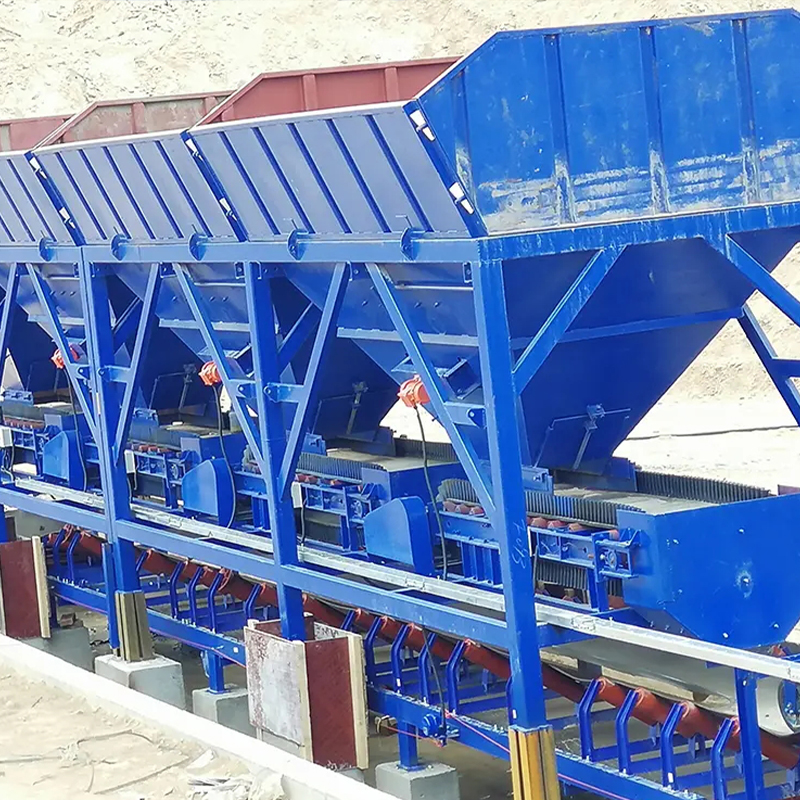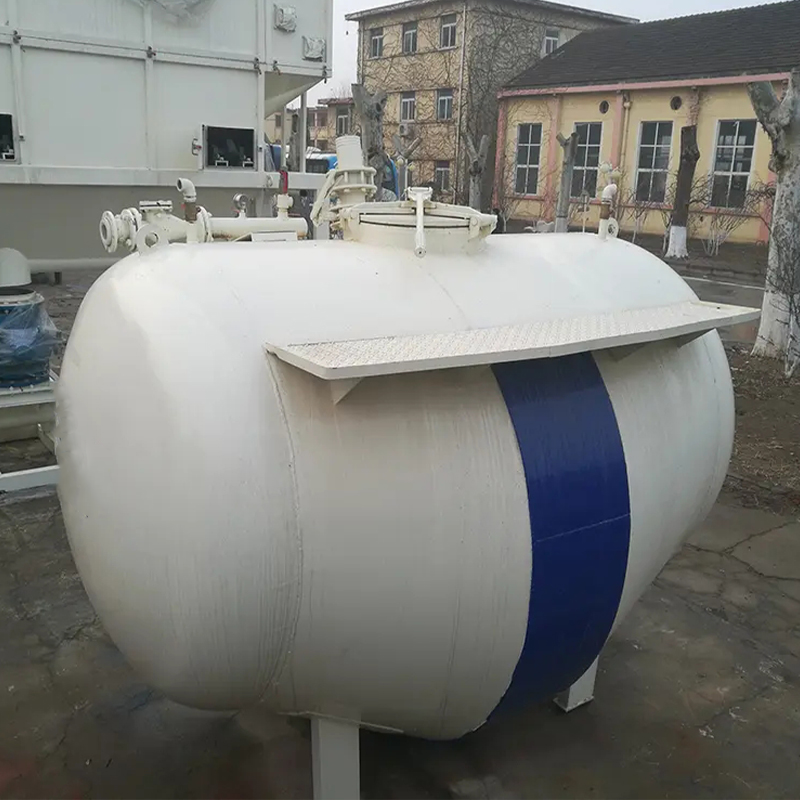This guide helps you understand the various types of non-electric concrete mixers available, their features, and how to select the best one for your project. We’ll explore different models, capacity options, and factors to consider before purchasing, ensuring you make an informed decision. Learn about the pros and cons of manual and petrol-powered mixers to find the perfect fit for your construction needs.
Understanding Non-Electric Concrete Mixers
Unlike their electric counterparts, non-electric concrete mixers rely on either manual power (hand-cranked) or petrol engines for operation. This makes them ideal for locations without readily available electricity or for projects requiring portability. The choice between manual and petrol depends on the scale of your project and your physical capabilities.
Manual Concrete Mixers
Eskuzko non-electric concrete mixers are the most basic type. They are typically smaller in capacity, suitable for smaller DIY projects or home repairs. They are affordable and require minimal maintenance. However, they demand considerable physical effort, limiting the amount of concrete that can be mixed in one go. They’re best suited for small batches and individuals who don’t mind some manual labor.
Petrol-Powered Concrete Mixers
Petrol-powered non-electric concrete mixers offer a more powerful and efficient mixing solution for larger projects. They handle larger batches with ease, saving you time and physical exertion. While requiring more initial investment and involving slightly more maintenance, they offer significantly increased productivity compared to manual mixers. These are ideal for professional contractors or larger-scale DIY projects.

Factors to Consider When Choosing a Non-Electric Concrete Mixer
Eskubidea hautatzea hormigoizko nahasteko ez-elektrikoa involves careful consideration of several key factors:
Edukiera
The mixing capacity is measured in cubic feet (cu ft) or liters (L). Choose a capacity that aligns with your project’s needs. Overestimating can lead to unnecessary expense, while underestimating can significantly slow down the process. Consider the volume of concrete needed per batch to determine the appropriate size.
Energia iturria
As previously discussed, this choice depends on your needs. Manual mixers are best for small, occasional tasks. Petrol-powered mixers are better suited for larger jobs and frequent use. Think about the scale of your project and how often you anticipate using the mixer.
Iraunkortasuna eta eraikuntza kalitatea
Look for mixers made from robust materials like steel to ensure longevity and reliable performance. A well-built mixer will withstand the rigors of mixing concrete and last for years. Consider reading reviews from other users to get insights into the durability of various models.
Portagarritasuna eta maniobragarritasuna
If you need to move the mixer around frequently, consider its weight and whether it has wheels or handles for easy transport. A lightweight and maneuverable mixer simplifies setup and transport on the job site. Check the manufacturer’s specifications for weight and dimensions.

Comparing Manual and Petrol Mixers
| Bereizgarri | Manual Mixer | Petrol Mixer |
|---|---|---|
| Energia iturria | Manual labor | Petrol engine |
| Edukiera | Small (typically under 3 cu ft) | Larger (typically 3 cu ft and above) |
| Effort Required | High physical effort | Low physical effort |
| Kostatu | Lower initial cost | Higher initial cost |
| Mantenimendu | Minimal | Neurritsu |
Kalitate handiko non-electric concrete mixers and other construction equipment, consider exploring the options available at Zibo Jixiang Makineria Co., Ltd. They offer a wide range of robust and reliable equipment for various construction projects. Remember to always prioritize safety when using any concrete mixer.
Post time: 2025-10-16
